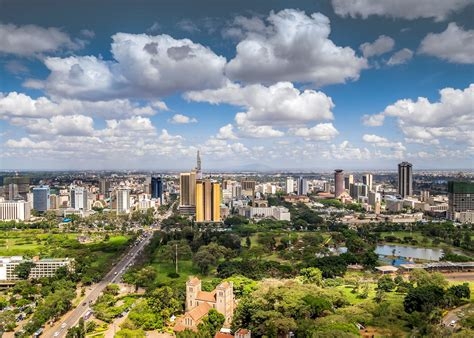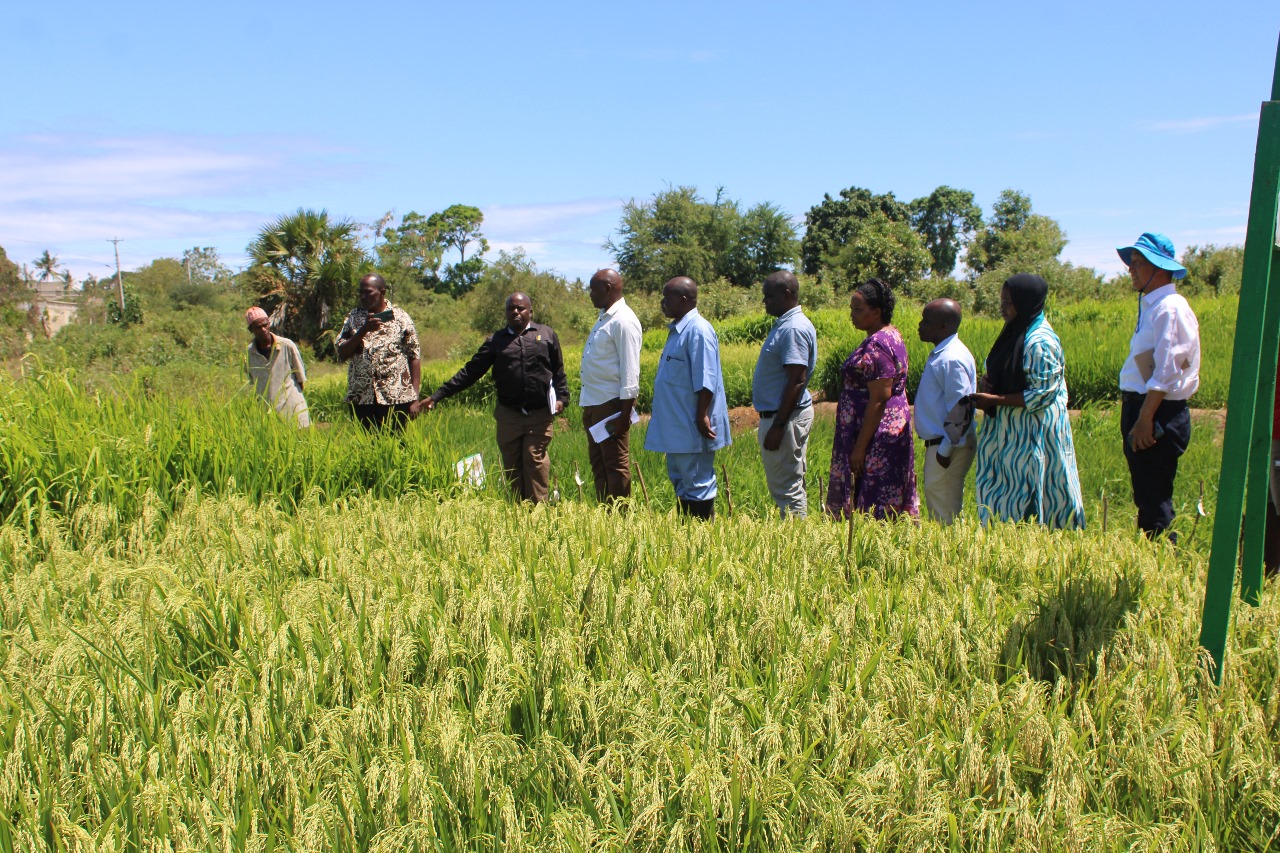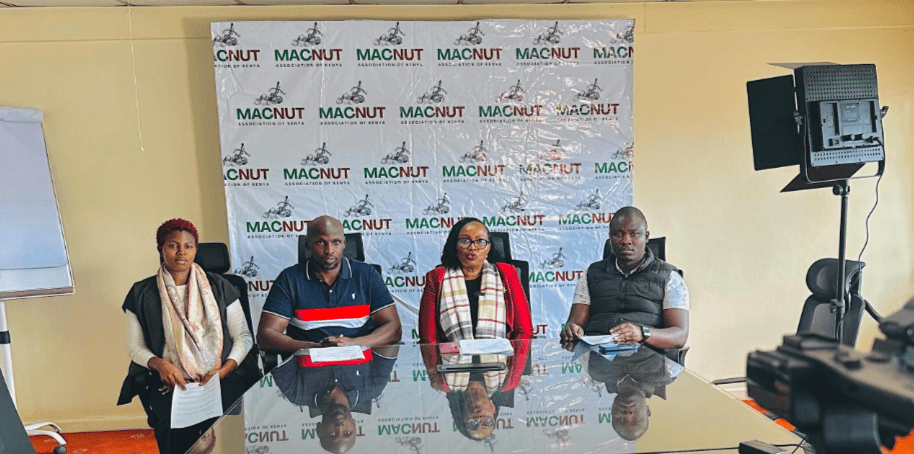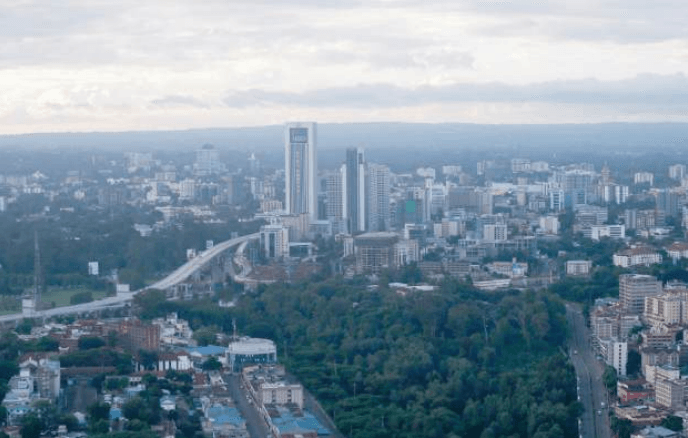
 Coast rice farmers, Kalro officers and Kopia Kenya
Centre’s Ji Gang Kim at Kalro Mtwapa on Tuesday / BRIAN OTIENO
Coast rice farmers, Kalro officers and Kopia Kenya
Centre’s Ji Gang Kim at Kalro Mtwapa on Tuesday / BRIAN OTIENORice farmers at the Coast have received a major boost with new skills and a fast-maturing rice variety that promises to increase yields and strengthen food security.
For years, farmers in the region have struggled with low productivity due to outdated farming methods—despite having the potential to turn the Coast into one of Kenya’s key rice-producing zones.
During a two-day training at the Kenya Agriculture and Livestock Research Organisation in Mtwapa, farmers from Kilifi, Kwale and Taita Taveta counties were introduced to the Kwamboka rice variety.
Experts say it matures quickly, withstands harsh weather and thrives in coastal conditions.
Kilifi Agriculture executive Chula Mwagona said rice farming had declined because of climate change, but is now poised for revival.
“The Kwamboka variety has performed well in model farms. We’re ready to invest more in rice farming to tap the Coast’s potential,” he said.
The initiative is backed by the Korea Partnership for Innovation of Agriculture (Kopia), which funded the model farms and training.
Kopia Kenya director Ji Gang Kim noted that while rice consumption is growing in Kenya, production remains low.
“Without improving productivity in the Coastal area, it’s hard to meet national demand. That’s why we’re introducing new technologies here,” he said.
Kalro’s Industrial Crops Research Institute director Simon Omondi added that the Coast has more arable land suitable for rice than traditional growing regions such as Mwea and Ahero.
“An acre can yield up to 35 bags, bringing in about Sh160,000 in returns. With better technology and collaboration, this region can feed the nation,” he said.
Farmers said the training opened their eyes to best practices in spacing, fertiliser use and record-keeping.
“We never knew an acre could produce up to 54 bags. We were only getting between eight and 20,” said Bebaya Boy from Kwale.
Extension officers, including Jane Kanam from Kilifi and James Kadzenya from Kwale, said they plan to spread the new knowledge to farmers and promote the adoption of improved techniques.
“The Kwamboka variety matures in three months compared to seven for the local Pachanga variety,” Kadzenya said.
“With proper spacing and fertiliser use, yields will greatly improve.”













